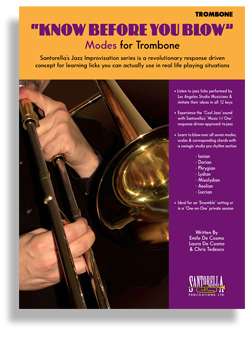

They will always have to compete for attention with her remarkable life: the flight to Paris, aged 20, to continue her affair with the older, married surrealist Max Ernst the involvement with what Moorhead calls “the most exciting group, artistically speaking, on the planet” – Picasso, who lived down the road, would pop by and dance around, bottle in hand her rescue, having been subjected to horrifying treatment in a Spanish asylum, by her old nanny, who arrived in a submarine her outrageous art pranks that included slathering her feet with mustard in a fancy restaurant, and confounding Luis Buñuel by taking a shower fully clothed.

Now, in this centenary year of her birth, her international fame is finally secure, though her pictures and stories remain as surprising as ever. Even then, it is only over the last decade or so, before and after her death in 2011, that interest in her work has quickened sharply. For decades, Carrington was largely unknown in the US and her native Britain, until recognition began to build in the mid-1980s.

Moorhead got an identical reaction when, in the same year – 2009 – she called to say that Carrington’s carnivalesque feminist story The Hearing Trumpet had appeared in a list of novels everyone should read. W hen Joanna Moorhead told Leonora Carrington that her surreal, Bosch-inspired painting The Giantess had been sold at Christie’s in New York for $1.5m, the artist thought she must be joking.


 0 kommentar(er)
0 kommentar(er)
